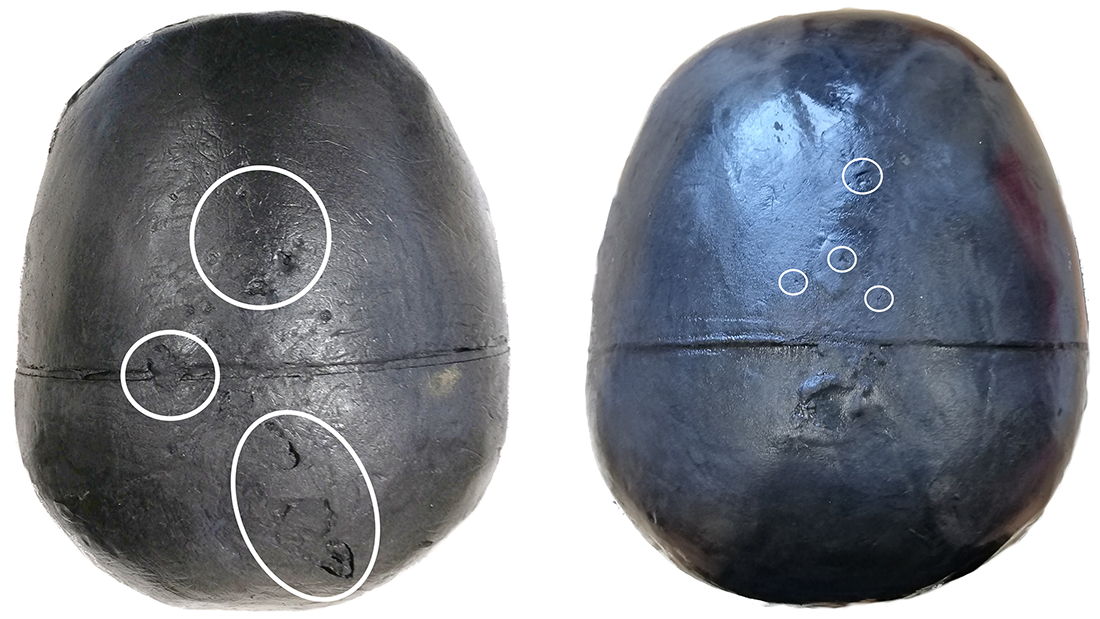The odds of getting hit by lightning in the US in any given year are around 1 in 1.2 million. That goes down to 1 in 15,300 over your lifetime, assuming you live to 80, according to the US National Weather Service.
While still very unlikely, you might want to know how others have survived lightning strikes, just in case. So here it is, courtesy of a fresh new study: You may stand a better chance of surviving a direct lightning strike to the head if your head is wet.
The team was intrigued by evidence of people surviving direct lightning strikes to the head. Though the survival rate is lower than for people who were struck elsewhere, people do appear to have survived, with the overall survival rate from lightning strikes being between 70 and 90 percent. The team questioned whether the high survival rate could be due to water on people’s skin.
“Despite other influencing factors, it might be assumed that the formation of a surface flashover across the human body is a relevant cause of how people can survive a lightning strike if they are unable to go indoors when thunder roars,” the team explained in their study.
“The surface flashover is defined as a discharge path along the outer skin caused by a high voltage difference between the entry and exit point of current across the body. In the case of a surface flashover […] the highest fraction of lightning current flows in the flashover channel outside the human body and only a few amperes in the human tissues as shown by theoretical studies and by phantom experiments.”
Though flashovers may aid survival, previous studies had not looked at how rain may affect their formation, and created human head “phantoms” in order to test it out for themselves. The two heads, containing three layers representing the scalp, skull, and brain, and made of materials meant to mimic human tissue, were subjected to 10 high voltage electric charges each – one whilst dry, the other after being sprayed with a lightly salty solution to mimic rainwater.
Most of the electric current – between 92 and 97 percent – traveled across the outer surface of both phantom heads, but the team found real differences in how much of the current penetrated the layers of the head. While a higher amount of charge made it into the scalp layer of the wet head, the brain layer took in 13 percent lower average electrical current and 33 percent less energy compared to the dry head.

The dry skull (left) was significantly more damaged than the wet skull.
Image credit: René Machts
There were significant differences in damage to the phantom heads too, with more damage occurring in the dry heads. The team notes a number of limitations to the study, including that the skulls were not covered in hair (maybe this is only true of bald people?) or other headwear, and that real lightning strikes would produce higher amplitudes. Nevertheless, the results are intriguing, and a basis for further research.
“Our experiments on human head phantoms provide practical evidence for the theoretically postulated effect that rain-wet skin might have better lightning strike protective behavior than dry skin,” the team said in their discussion. “We expect similar effects in case of real lightning strikes into humans during rainfall in thunderstorms.”
The study is published in Scientific Reports.
Source Link: How Humans Can Survive Direct Lightning Strikes To The Head